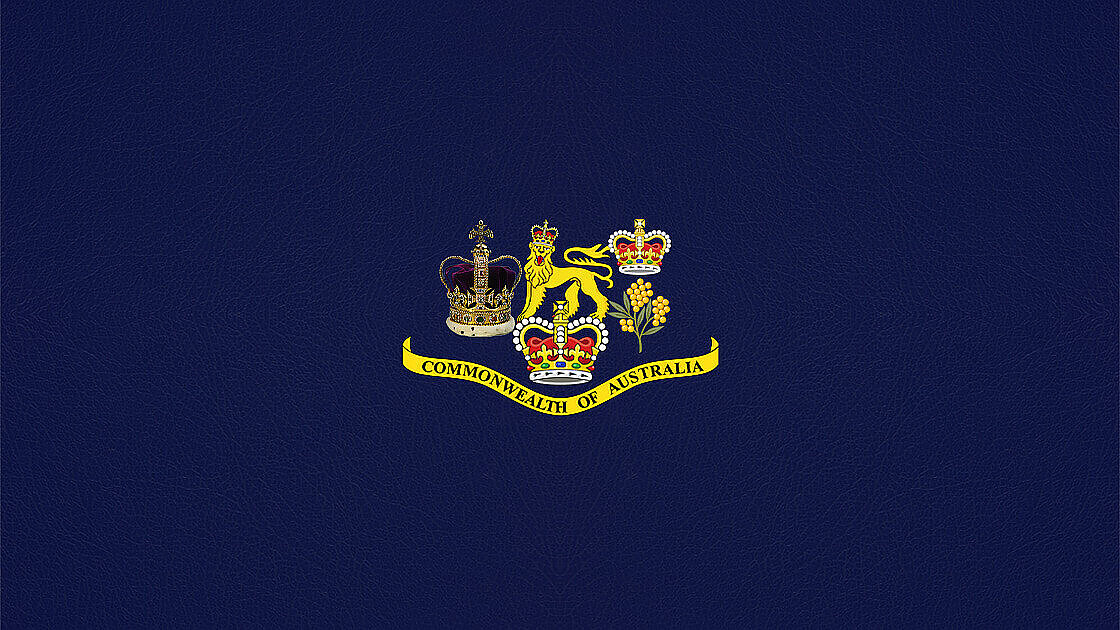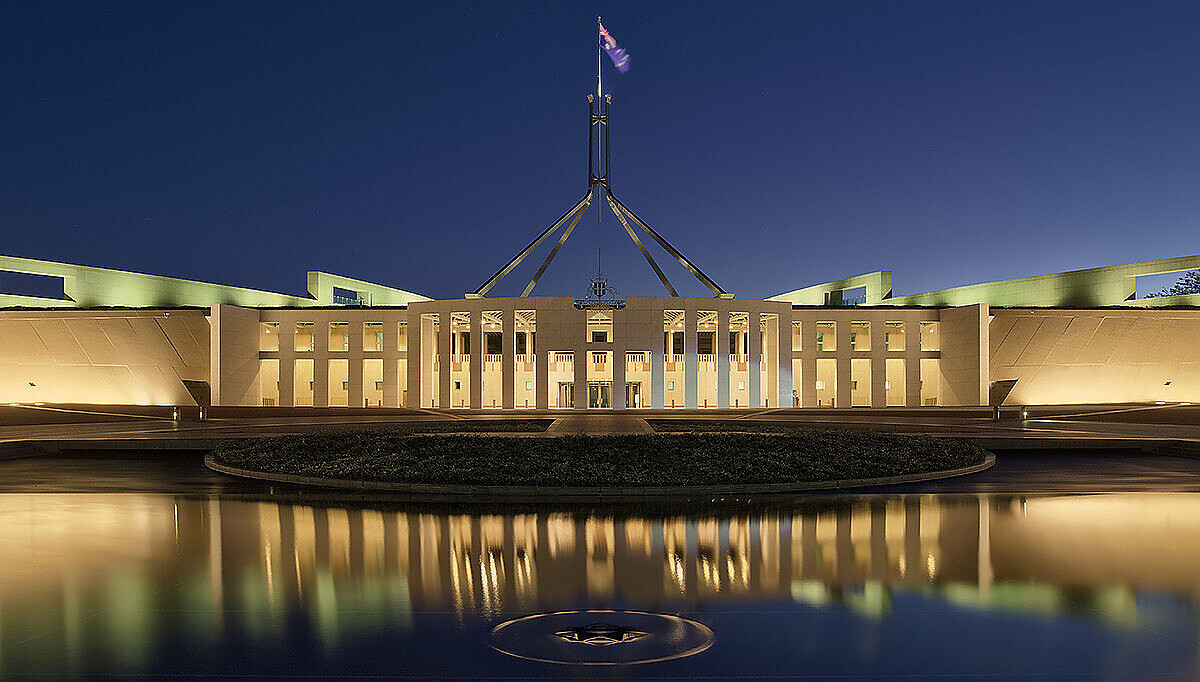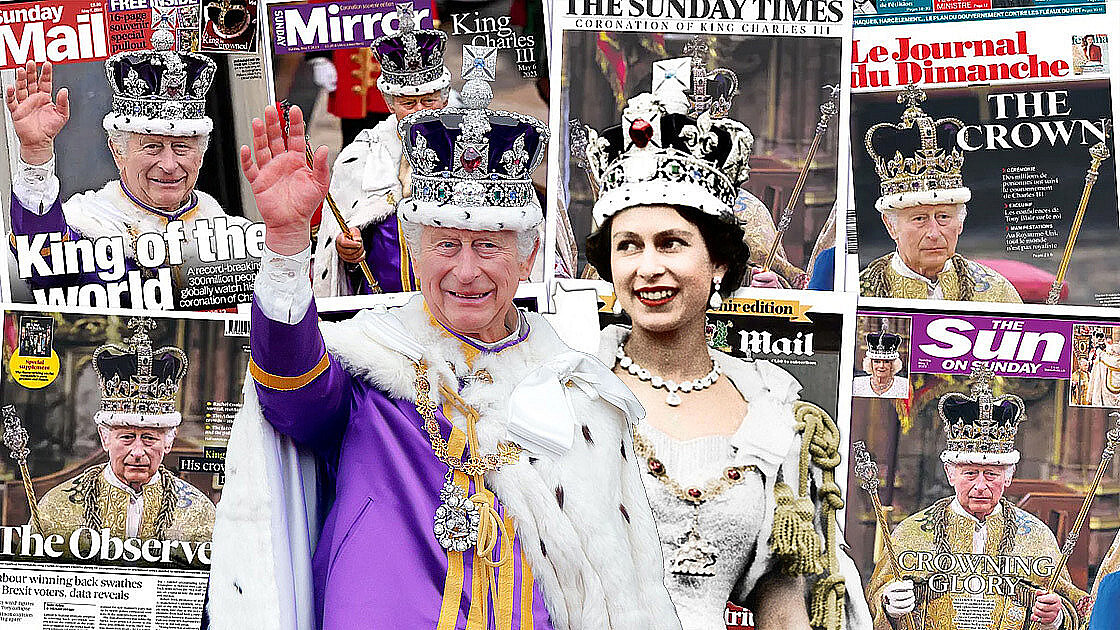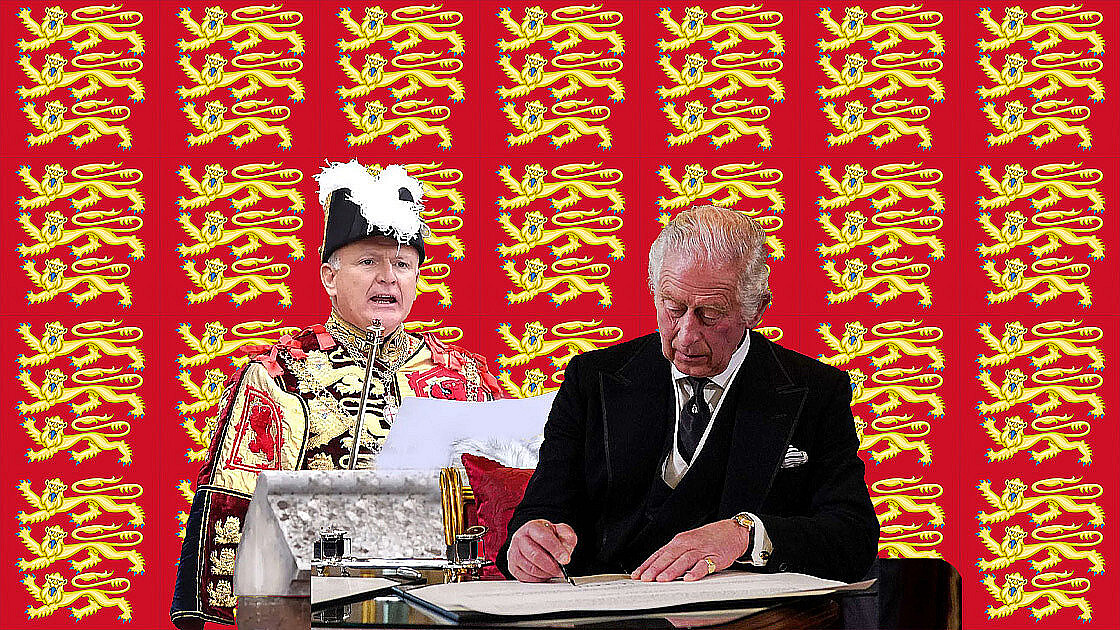The Australian Crown, more than just a symbol of the King or Queen’s ceremonial headwear, stands as our oldest legal and constitutional institution, deeply ingrained in our country’s governance. In our Federation, the idea of the new nation being a crowned republic was not just a passing thought. Today, it remains a vital safeguard against the potential misuse of power by elected officials at the Federal and State levels. Together with the High Court, it serves as the sole institution bridging the gap between the State and Federal realms. Our nation’s founding was a powerful vision of a unified Federal Commonwealth under the Crown, a vision that was not just embraced by the people but also enshrined by our Founding Fathers, and it continues to be a beacon of unity and strength for our nation.
This was affirmed by the people in all six States and by 72% of all electorates in a 1999 referendum.
It is surprising how little it is understood and studied, particularly by those who propose removing the Australian Crown.
The Australian Crown is not a historical curiosity nor a jumble of separate and unrelated offices.
The powers of the Australian Crown are exercised by the Sovereign (The King or Queen), the Governor-General and the Governors in accordance with established customs, often called conventions.
This means that the Australian Crown ensures that the nation enjoys leadership beyond politics through the sovereign, the governor-general, and the governors.
Proposals for change involve turning our crowned republic into some sort of politicians’ republic.
This would involve elections every three or four years to choose sixteen additional politicians, each with their own political agenda.
Or it would involve the appointment of functionaries by the politicians.
Under the model proposed in 1999 – unique in the world – the president would be instantly dismissed by the prime minister without notice, without the requirement to give any reasons, and without any appeal, which could result in reinstatement.
The president would have been completely under the prime minister’s control. Monarchists said that “this would be the only republic ever known where it would have been easier for the prime minister to sack the president than his driver.”
Treating the vice-regal offices as unrelated is as wrong as seeing an iceberg as only its visible tip.
This approach is analogous to dividing the tip of that iceberg into seven pieces and then saying each is unrelated not only to the others but also to the vast part of the iceberg under the waves, which is being ignored.
Whether we like it or not, the Crown remains the nation’s oldest institution, above politics, central to its constitutional system, and with the High Court, the only institution which straddles the component parts of the Commonwealth, State and Federal, and looking outwards through the personal union of the sixteen Crowns and across the Commonwealth of Nations.
It was under the Crown that the nation was founded; it was under the Crown that responsible government was granted. The nation federated under the Crown. It was under the Crown that Australia attained its complete independence.
So before discussing its removal, we have to understand what it is.
In the following sections, we discuss the roles and functions of the office of the governor-general and the Governors.
We then discuss ten aspects of the role and functions of the Australian Crown: as part of the Legislature, as the formal Executive, the Fount of Justice, the Fount of Honour, Head of State, the Command–in-Chief, the employer of the Public Service, the Federal Lynchpin, the Constitutional Guardian, in the Personal Union and as the Head of the Commonwealth.
As we are discussing the Commonwealth, we have referenced the Anglosphere, which includes English-speaking countries.
The United States of America have more in common than their language, and our Founders looked to aspects of American constitutional arrangements in proposing ours.




